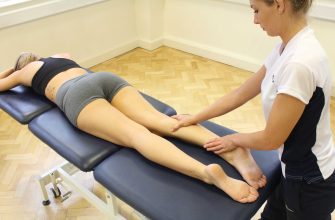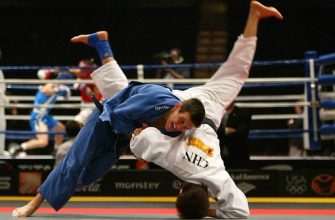1. Origins and History of Yoga
Yoga is an ancient practice that originated in India over 5,000 years ago, with its roots in Vedic and pre-Vedic traditions. The earliest mentions of yoga appear in:
- The Vedas (1500–500 BCE) – Ancient Indian scriptures referencing meditation and spiritual practices.
- The Upanishads (800–400 BCE) – Philosophical texts discussing meditation and self-realization.
- The Bhagavad Gita (circa 500–200 BCE) – A key Hindu scripture outlining different yoga paths (Karma, Bhakti, Jnana).
- Patanjali’s Yoga Sutras (circa 200 BCE–200 CE) – A foundational text systematizing Ashtanga Yoga (Eight Limbs of Yoga).
Yoga evolved over centuries, with Hatha Yoga (focusing on physical postures) emerging around the 11th–15th century. In the late 19th and 20th centuries, yoga spread to the West, popularized by teachers like Swami Vivekananda, B.K.S. Iyengar, Pattabhi Jois, and Swami Sivananda.
2. Types of Yoga
Modern yoga includes various styles:
- Hatha Yoga – Gentle, foundational poses.
- Vinyasa Yoga – Flowing movements synchronized with breath.
- Ashtanga Yoga – Rigorous, structured sequences.
- Iyengar Yoga – Precision-based, using props.
- Kundalini Yoga – Focus on energy awakening.
- Yin Yoga – Slow, deep stretches for flexibility.
- Bikram (Hot Yoga) – Practiced in heated rooms.
3. Benefits of Yoga
Physical Benefits:
- Improves flexibility, strength, and balance
- Enhances posture and joint health
- Boosts circulation and cardiovascular health
- Aids weight management
Mental & Emotional Benefits:
- Reduces stress, anxiety, and depression
- Enhances focus and mental clarity
- Promotes better sleep
- Encourages mindfulness and relaxation
Spiritual Benefits:
- Deepens self-awareness and inner peace
- Encourages a sense of connection (mind-body-spirit)
4. Possible Drawbacks (Cons)
- Risk of Injury – Overstretching or incorrect alignment can cause strains.
- Not a Complete Fitness Solution – Should be combined with cardio and strength training for full fitness.
- Some Styles May Be Too Intense – Hot yoga or advanced poses may not suit everyone.
5. Recommended Yoga Routine
For beginners:
- Frequency: 3–5 times per week
- Duration: 20–60 minutes per session
- Sample Routine:
- Warm-up (5–10 min): Cat-Cow, Child’s Pose, Sun Salutations
- Main Practice (20–40 min): Standing poses (Warrior, Tree), seated stretches (Forward Fold, Cobra), balance poses
- Cool-down (5–10 min): Savasana (relaxation), meditation
6. Who Should Avoid Yoga?
- People with severe back, neck, or joint injuries (consult a doctor first).
- Those with uncontrolled high blood pressure (avoid intense inversions).
- Pregnant women should opt for prenatal yoga instead of vigorous styles.
Final Thoughts
Yoga is a holistic practice benefiting the body, mind, and spirit. Whether for fitness, stress relief, or spiritual growth, it offers something for everyone. Starting with a gentle style (like Hatha or Yin) and gradually progressing is the best approach.







